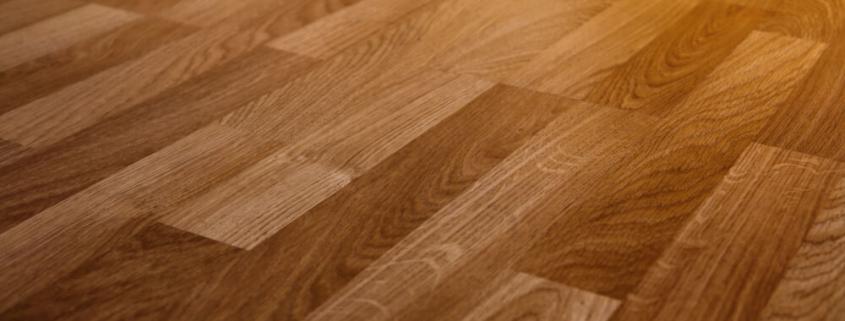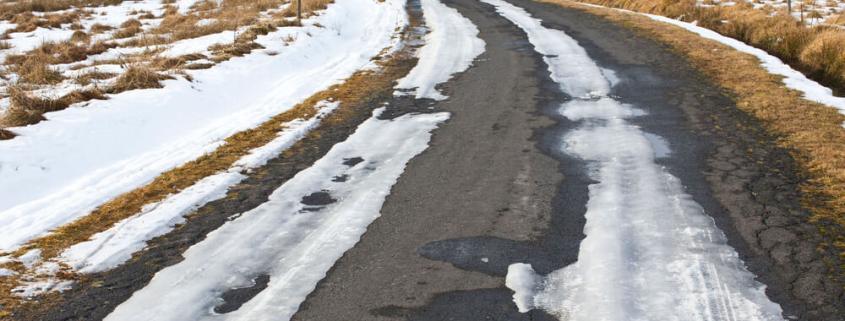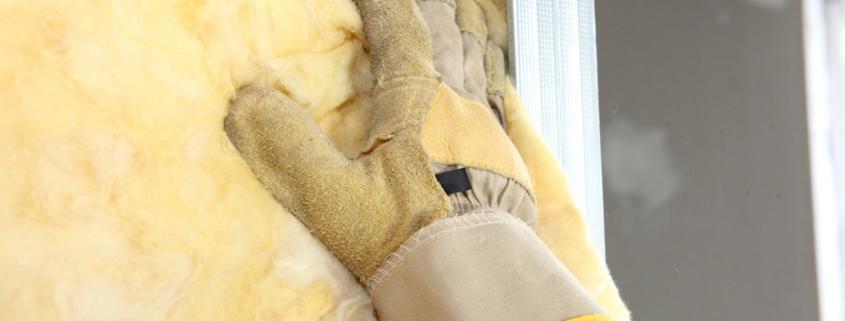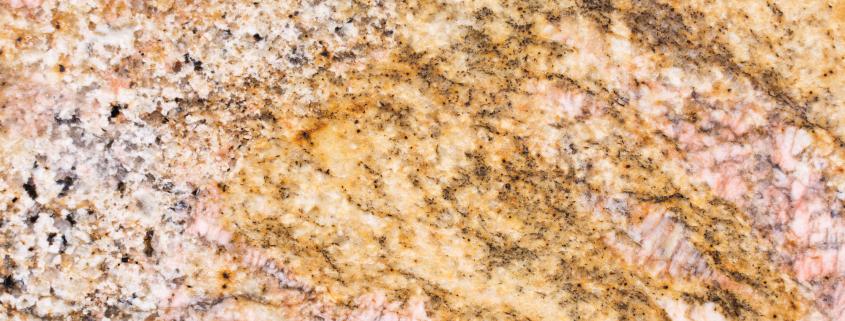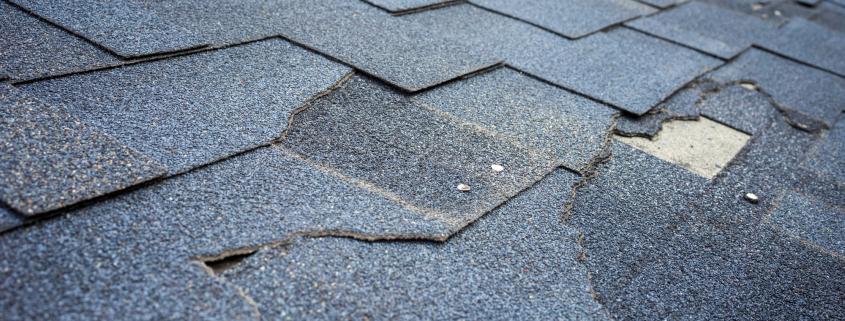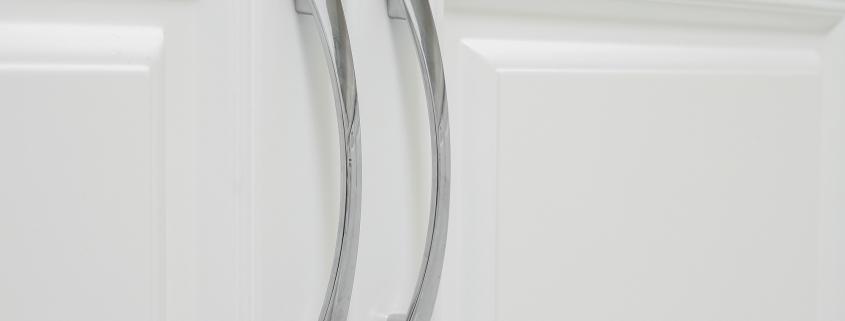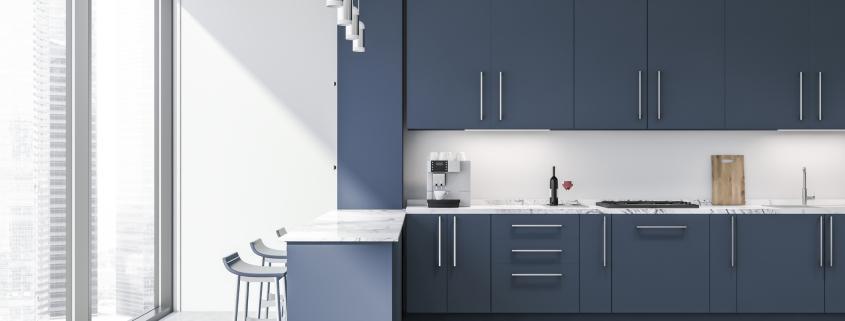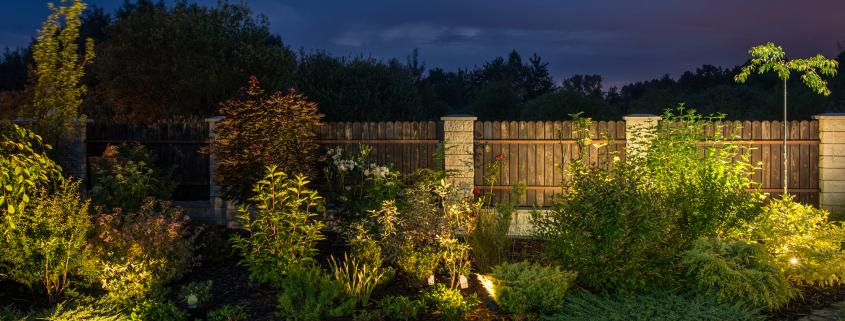Pros and Cons of Laminate Flooring
Laminate is a synthetic floor covering that has varying levels of durability and resilience. Its printed decor layer allows it to mimic the look of more expensive flooring like wood or stone. It cannot be sanded or refinished which means it’s more prone to water damage.
While it can raise the value of your home, it may not seem as authentic as real wood floors. Here are the pros and cons of laminate flooring.
Cost
Laminate is a relatively affordable flooring option that can be installed in a variety of room types. It also requires very little maintenance and is easy to clean. It can also improve a home’s resale value. However, it is not as durable as hardwood and can sag over time.
The cost of laminate flooring can vary widely depending on its quality and style. It is best to choose a floor that mimics the appearance of natural materials such as wood or stone. It is also important to consider the thickness of your laminate flooring. Thicker floors tend to be more expensive, but are better able to resist moisture damage.
In addition, the thickness of your floor can affect its durability and the ability to withstand impact. It is also important to avoid cheap laminates that are made from toxic glues, as they can emit harmful fumes into the air. If you are looking for an eco-friendly flooring solution, look for a non-toxic laminate that is made from recycled material.
It’s also a good idea to choose a laminate that has a timeless design, as it will not become outdated as quickly as carpet flooring. Additionally, you can save money by choosing a laminate that is easy to clean and will stand up to the demands of your family’s lifestyle.
Durability
Laminate is known for its durability and resistance to scratches, stains and fading. It’s a great choice for high traffic areas and households with children and pets. It’s also easy to maintain; a simple sweeping or damp mopping is typically all that’s needed to keep your floor looking like new. Many manufacturers offer maintenance products to help preserve the finish of your laminate flooring.
The durability of laminate is largely due to its multiple layers. It typically has a tough, clear plastic wear layer above a photographic image of the texture that it’s simulating, and then a core and underlayment. Some brands also use a melamine resin or aluminum oxide to strengthen the core and reduce scratching.
While laminate is generally hard-wearing, it can be prone to damage from heavy furniture or dropped items. It’s best to use felt pads under the legs of your furniture and be careful when moving it to avoid accidental abrasions or cosmetic damage. Laminate is also susceptible to damage caused by sharp heels or pet claws if there’s not enough underlayment.
Another downside of laminate is that it can be water-sensitive. If the fiberboard core is exposed to a large amount of water for a long period, it may swell and warp. In addition, it’s not as moisture-resistant as wood and cannot be sanded and refinished when damaged.
One of the biggest drawbacks to laminate is its susceptibility to water damage. The layered design of laminate means that direct contact with standing water can cause the HDF core to break down and expand, which will eventually result in significant damage and need for replacement. This is a major factor that has historically restricted its use in areas like bathrooms and basements.
Appearance
In general, laminate floors look very similar to natural wood flooring. They come in a wide range of styles, from classic oak looks to trendy distressed wood looks. Many manufacturers also produce laminate floors that imitate the appearance of tile or stone. These types of floors tend to be more affordable than the real thing and hold up to most environmental conditions.
Laminate floors contain a layer of protective plastic that shields them from damage. Its clear coating can resist stains and scratches. It is also durable enough to stand up to heavy use and household traffic. Some varieties are resistant to moisture, making them suitable for bathrooms and basements. Some even have built in underlayment that simplifies installation and reduces the amount of padding needed in a home.
Whether you choose a waterproof laminate or one that doesn’t have this feature, you should clean your floor regularly with a mop or broom. It is best to avoid using wax-based cleaners or steam cleaners, as these will leave a film on the surface. It’s also a good idea to put doormats at entrances, as these will keep sand and dirt from scratching the floor’s surface.
Compared to solid hardwood, laminate is easier to maintain and more resistant to stains. It’s also a better choice for households with pets and children because it’s not as susceptible to moisture. Moreover, it’s softer underfoot than tile and does a better job of retaining warmth.
Installation
Laminate is a quick, simple and cost effective installation that can be done by most homeowners, or by a professional installer. It is hygienic (many brands contain antimicrobial resin) and relatively easy to maintain
A wide variety of styles and colors are available to suit most decor tastes, from rustic natural wood looks to contemporary grey and white. Laminate also comes with a lifetime guarantee, so it can last longer than other flooring options, making it more affordable in the long run.


